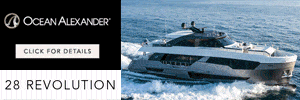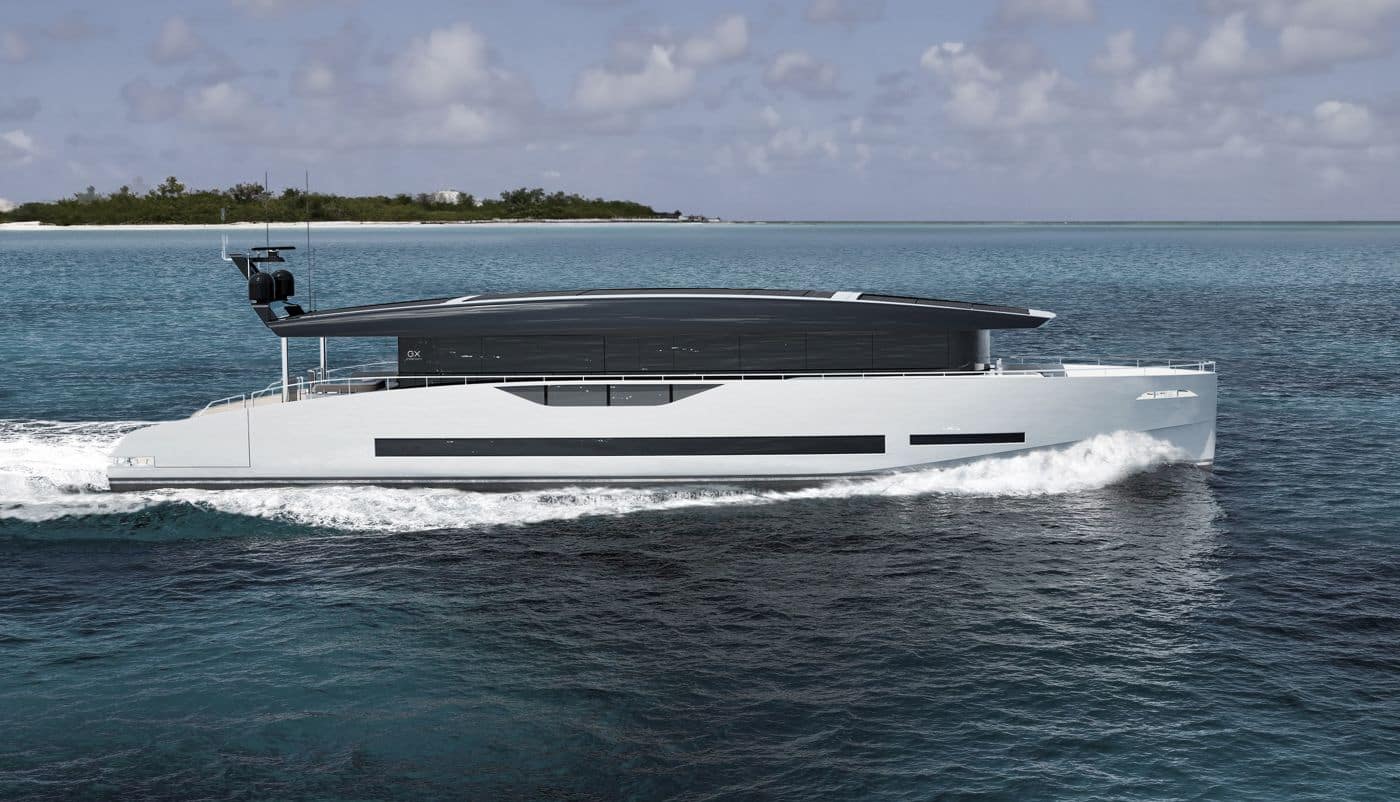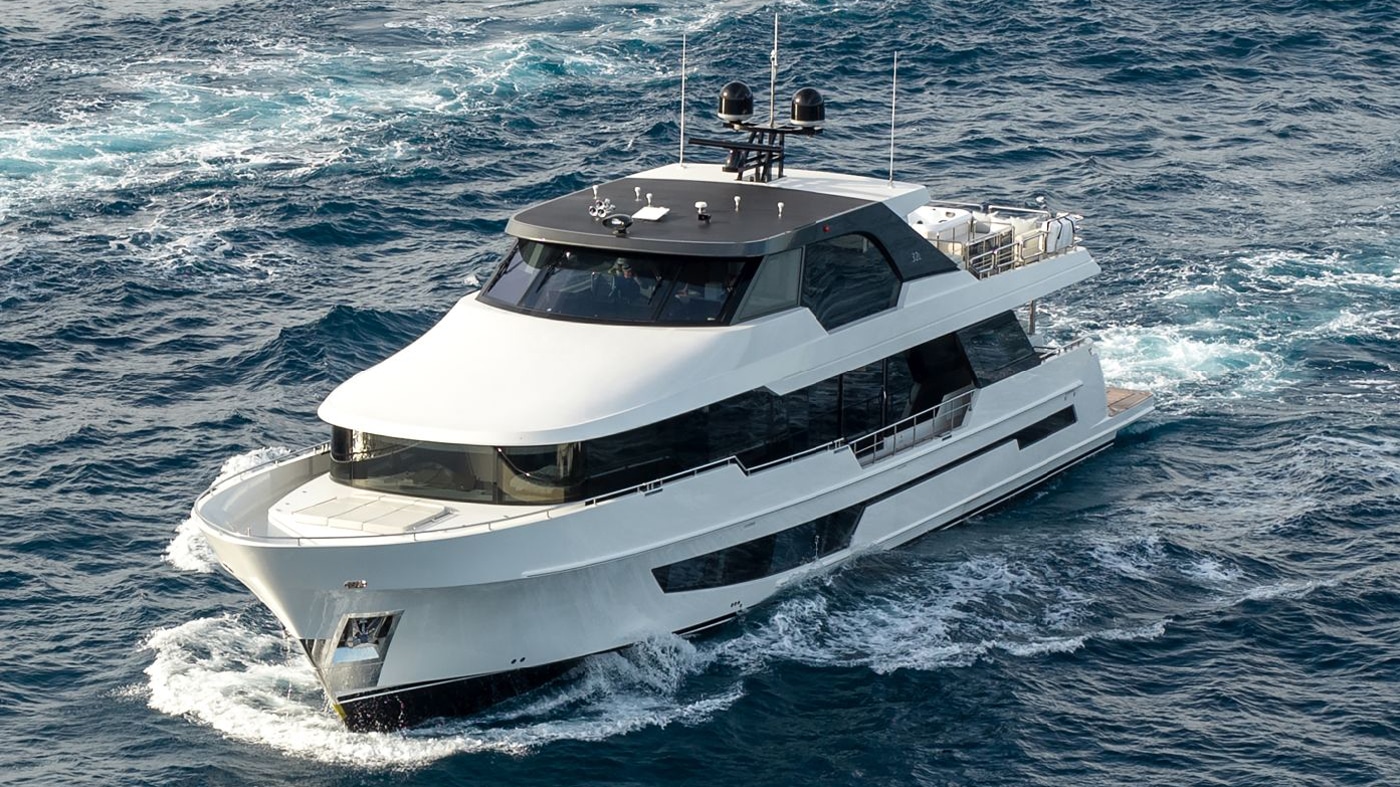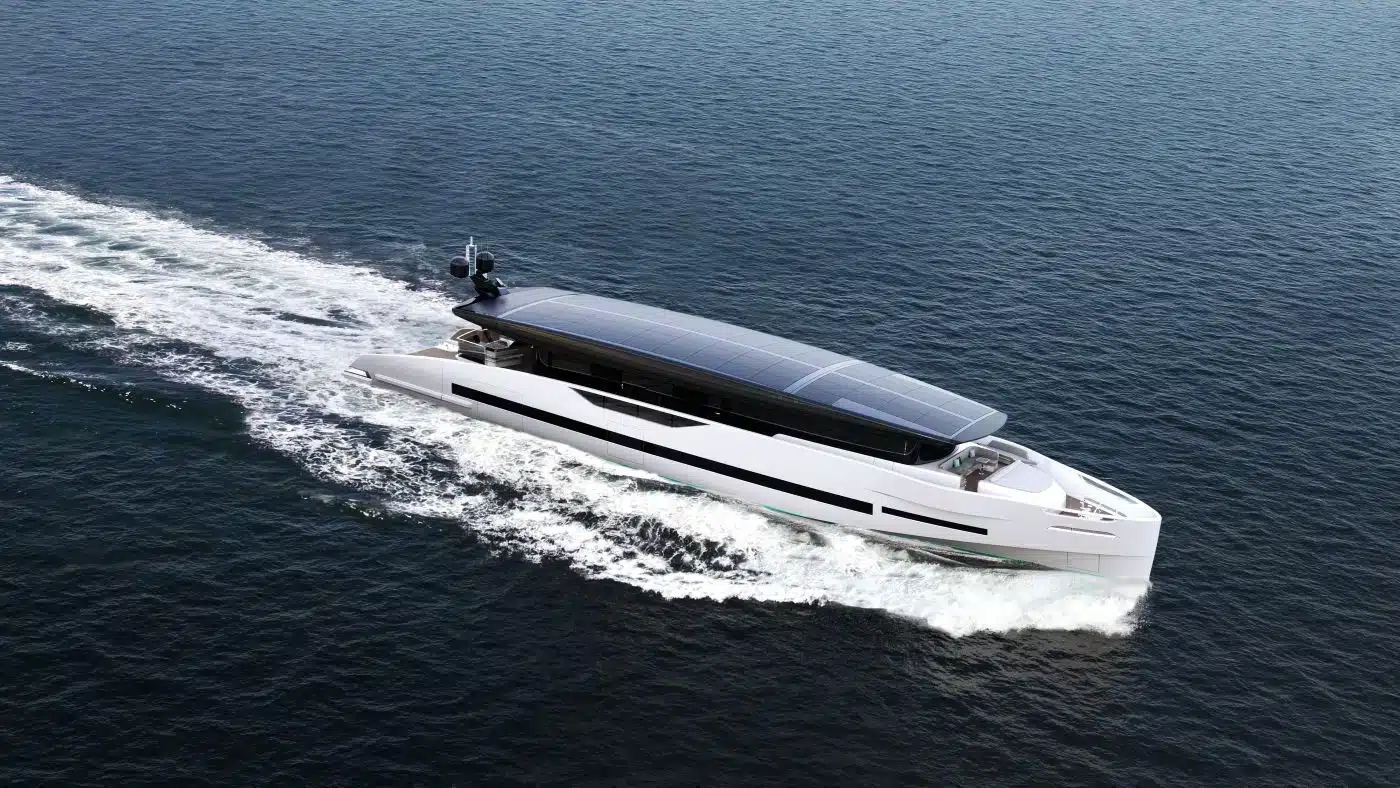Razeto & Casareto is not only acompany with 100 years of history. In its production of accessories and complements for the boating industry, this centuries-old Genoese reality has always paid careful attention to the design of its products, which have allowed it to stand out from the competition and conquer market frontiers otherwise unreachable.
For Razeto e Casareto, design is a strongly distinctive element of its production: despite the company’s core business lying in an invisible component such as locks, the visible part of its production is what most seduces. And it is precisely around design that we had a chat with Andrea and Giangi Razeto, the two brothers now at the helm of the company, known worldwide especially for its handles.

The company Razeto and Casareto has traversed, as a protagonist, over a century of boating history. What prompted you to pay such great attention to design?
Andrea: “Since the earliest days of our history in the 1920s, even with our most technical and less visible products, such as locks and hardware, we have always placed great emphasis on innovation and the quality of materials. Therefore, the transition towards design has been a natural consequence. Razeto e Casareto has consistently collaborated with great architects, especially starting from the 1950s with the single-lever handle we designed for the Cristoforo Colombo and Andrea Doria. Our core business at that time was in transatlantic liners and passenger ships, which later faced a crisis, leading us to venture into the yachting industry from the 1980s onwards. Yet, even in this sector shift, we have always remained true to our tradition, striving for a design that would be recognizable on board, particularly in the most visible objects of our production, such as handles. We have always aimed to maintain distinct characteristic and technical lines, evident, for example, in the absence of sharp edges and in the rounded corners“.
How has design changed on board in the last decades?
Andrea: “In the boating industry, design has always had to accommodate technical constraints, which often limited architects’ creativity. However, since the 1990s, this barrier has been broken, especially in Italy thanks to the affinity with the Salone del Mobile. This Milanese event now represents the fusion of design and boating, allowing for very interesting experiments. After all, we must remember that most boats are unique artisanal pieces“.
Giangi: “Yacht design has evolved primarily with the changing societal norms. In the past, accessory design was non-existent because boat interiors were very standardized, following the classic maritime style. Then, starting from the 1990s, boats began to resemble homes or even villas, prompting the involvement of many designers from other sectors, such as furniture. I joined Razeto e Casareto precisely during that period, after completing my sociology studies, and immediately worked to overturn the norms: instead of adapting to the demands of furniture makers, as was happening, I believed that our company should dictate our choices to them. So, we got to work in this direction, participating in the early Salone del Mobile events and bringing special handmade handles. That’s how we connected with various shipyards, both in Europe and the United States, who fell in love with our pieces. We managed to dominate a market that demanded square and sharp handles by introducing our rounded and edgeless handles“.

How did you come up with this idea?
Giangi: “We’ve always wanted to offer products that are different from the standard, while maintaining a strict functionalist approach. The handle should serve its purpose of opening the door, but that doesn’t mean it can’t also be a soft, flexible, and aesthetically pleasing object. The idea worked also because no one on board has ever gotten caught in one of our handles…“
Andrea: “We’ve always tried to keep an eye on our significant past as well. For example, we reproduced the handles of the Cristoforo Colombo and Andrea Doria using certified antimicrobial materials. We presented it on the occasion of Razeto e Casareto’s hundredth anniversary, right in the midst of the COVID pandemic, also to remind that sometimes adversities allow for evolution. In our case, it happened during the crisis of transatlantic liners. In short, we inherited the company’s resilience from our grandparents, and so during the pandemic, we came up with a product that addressed one of the main fears of that time, the risk of contagion on board ships, which are enclosed environments with many people“.
What is design for Razeto e Casareto?
Giangi: “In my opinion, design is ‘ingenuity and art at the service of utility’. The functional approach is our mantra, and ingenuity allows us to ride the wave of innovation, always coming up with innovative ideas around every new product – whether it’s a material, a finish, or an idea – otherwise, it’s not design. If we can add value to an object like a handle, which ultimately serves only to open doors, then it means we’ve created a design object. Throughout this, we never forget the possibility of making our products unique: for example, our multifunctional handles are made in two parts, the mechanical one which is standard, and the grip which can be customized in all imaginable materials, even up to the possibility of having unique, handmade pieces. This is a feature highly appreciated especially by superyacht owners“.








